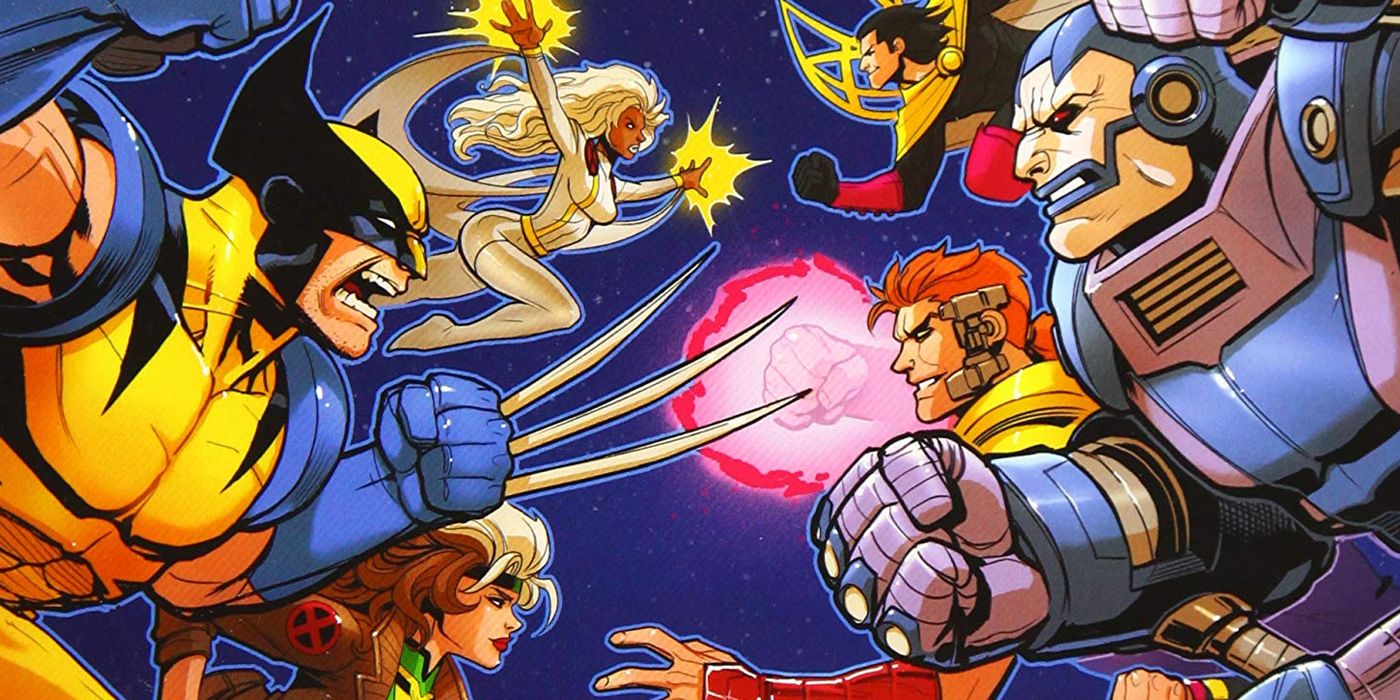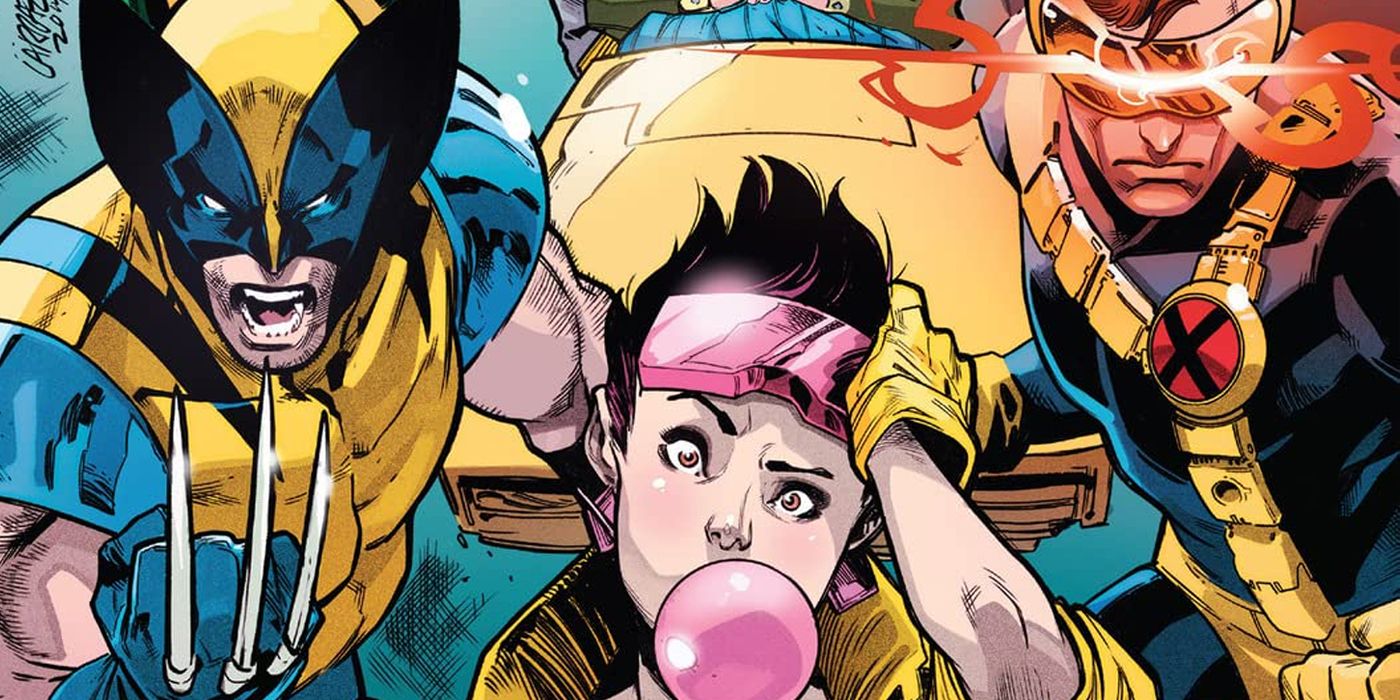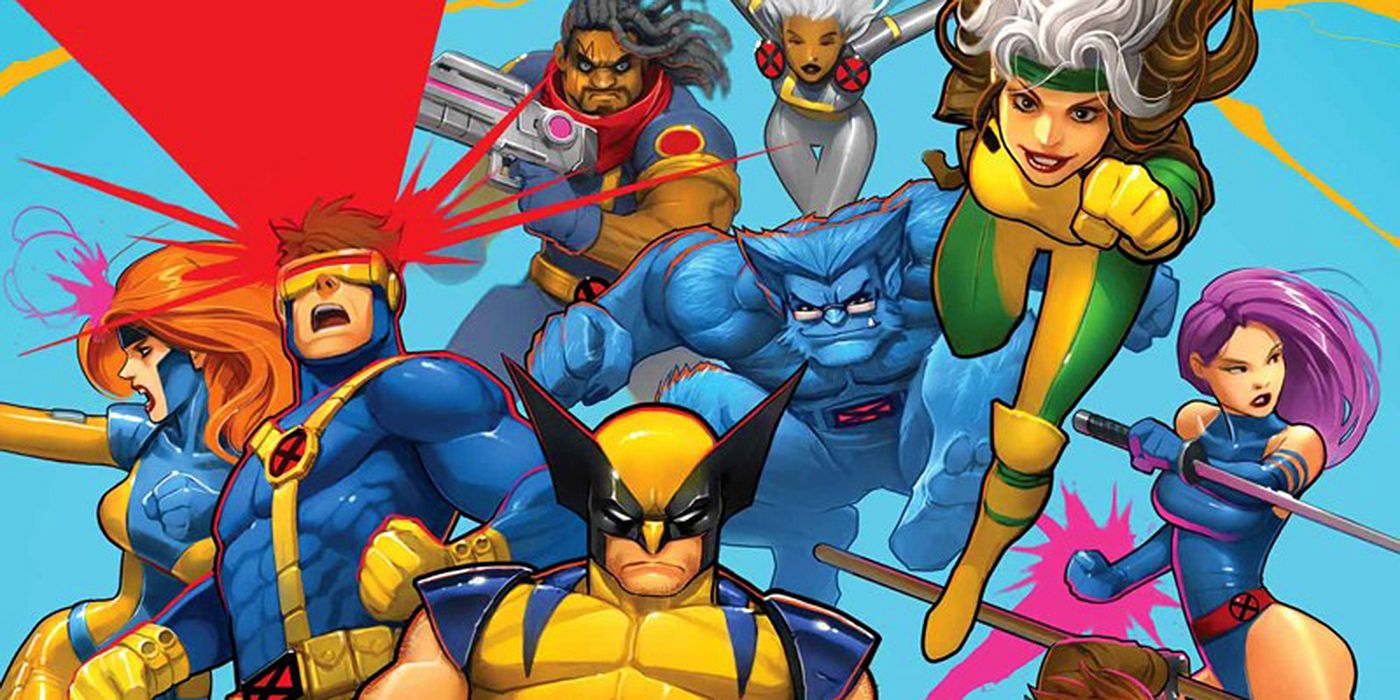
Even though it's been off the air for decades, X-Men: The Animated Series remains one of the most beloved superhero cartoons of all time. Adhering faithfully to the source material while appealing to general audiences, X-Men left a major impact on both old and new comic book fans.
While it wasn't a direct continuation, X-Men '92 and expanded upon many of the original cartoon's ideas. X-Men '92 was originally published as part of 2015's "Secret Wars" event, acting as one of many alternate universes that inhabited Battleworld. This miniseries, by Chis Sims, Chad Bowers and Scott Koblish, lasted for four issues, harkening back to X-Men's glory days, before spinning off into an ongoing series by Sims, Bowers, Alti Firmansyah and Cory Hamscher.
The team roster remained the same, consisting of Cyclops, Storm, Wolverine, Rogue, Gambit, Jean Grey, Beast and Jubilee. The series also featured hallmarks of the original cartoon, such as the Sentinels and Senator Kelly. Indeed, Kelly was the baron of this section of Battleworld, simply called "Westchester."

While X-Men '92 kept the foundations of its predecessor, the series also introduced new elements to this world. Cassandra Nova, for example, was introduced, taking the X-Men captive while possessed by the Shadow King. The original cartoon may have featured the Shadow King during a few episodes, but his role was very brief. Here, the Shadow King became a full-on antagonist, torturing the X-Men within the astral plane.
To save the Children of the Atom, another mutant team was introduced to the world of X-Men '92: X-Force. This new team consisted of some characters who had previously appeared on X-Men, along with others who only had small cameos, such as Deadpool or Domino. X-Men '92 also introduced the idea of the Mega-Sentinel, building upon the ordinary Sentinels which the original series spotlighted so frequently.
Following Secret Wars, X-Men '92 continued in the form of an ongoing series that lasted for ten issues. Once they had defeated Cassandra Nova and Shadow King, the X-Men rescued all of the mutants that the villains had captured. From there, Marvel's Mutants restarted the Xavier Institute, expanding upon the role that the X-Men played in society. Bishop became part of the core X-Men team as well.
During these ten issues, the X-Men also faced many threats from the original comics which were never featured in the cartoon. The Von Strucker Twins, for example, unleashed Dracula's son, Alpha Red on the X-Men. New mutants were also brought into the series, including Dead-Girl of X-Statix, who saved the X-Men from being turned into vampires. Lila Cheney, the mutant rock star, made an appearance, having her powers stolen by Fabian Cortez. Characters such as Maverick had expanded roles, along with Russia's superheroes, The People's Protectorate. The X-Men also began mentoring a new generation of young mutants including Chamber, Blink, Vivisector, Doop, U-Go-Girl, Monet and Husk, among others.

Old foes such as Mister Sinister returned, but with greater ambitions. Sinister used Rachel Grey to trick Cyclops and Jean into the dark future of 2099, so he could harvest their DNA. With this genetic material, Sinister was able to guarantee the birth of Nathan Summers, aka Cable, so Apocalypse would one day be defeated. With Apocalypse gone, Sinister would reign over the dark future.
Sinister maintained his obsession with the Summers family from X-Men, but including Rachel Grey and Cable truly broadened the scope of his schemes. Moreover, the series revealed how Cable was Cyclops' son, an idea never explored in the TV show. On top of everything else, Scott and Jean met the X-Men of 2099, who have rarely appeared in recent years.
The Brood were also introduced in the series, as they never played a part in the original cartoon outside of a cameo or a similar alien species called "The Colony." The climax of the series saw the X-Men team up with foes such as Apocalypse to fight a Celestial called "X-Odus," bringing the Celestials into this universe for one massive final battle. Allies such as X-Factor returned to assist their fellow mutants during these final issues.
Through all of these new adventures, X-Men '92 managed to expand the world of the '90s show by including fan-favorite characters who never made it onto the show or who were created after it had gone off the air. With modest alternations to many of these characters' origins, the comic stayed true to the foundations of the X-Men.
0 Comments